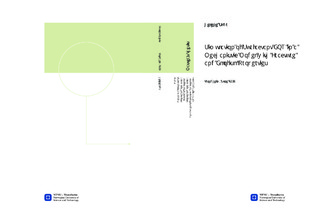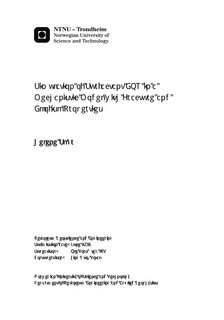| dc.description.abstract | Large amounts of oil are left in reservoirs after primary and secondary recovery. To recovery as much of the remaining oil as possible, EOR techniques as chemical flooding is considered. Naturally fractured carbonates have often large amount of residual oil left in the reservoir after primary and secondary production periods. Carbonates are in general more complex reservoirs than sandstones, thus must recovery methods be tailored for the environment of the reservoir system. Chemical EOR has become more attractive after the financial crisis in 2008 because of the high oil prices. Ekofisk is naturally fractured chalk reservoir, and is the largest, oldest and longest producing reservoir on Norwegian continental shelf. To improve the recovery is surfactant injection considered as a possible EOR method. A mechanist reservoir model with Ekofisk reservoir properties and a single fracture was made with the purpose to investigate the potential of surfactant injection in Ekofisk. Several parameters that effect the performance of surfactants was investigated and the recovery results were compared with a waterflood basecase. In addition was a mechanistic model with four fractures made for further investigation of surfactant flow in a fracture network and for comparison of the performance of a surfactant flood with surfactant-polymer flood. The author s simulation results show that surfactant injection should be considered for the field, but more research with a more advanced reservoir model with respect to possible wettability alteration, a larger fracture network and heterogeneity should be done. The model shows poor sweep efficiency in layers far from the fracture in the model, thus should an eventual chemical flood in Ekofisk be considered done with polymers. Surfactant concentration in the injection solution affects the surfactant performance the most. For the single fracture model is the recovery increased with 2,8% when surfactants are injected, and NPV was increased with 8,31E+06 $. For the 9-block model with four fractures, was the recovery improved with 3% for the surfactant-polymer flood compared with a surfactant flood. Also the NPV was increased with 3,71E+06$. | nb_NO |

